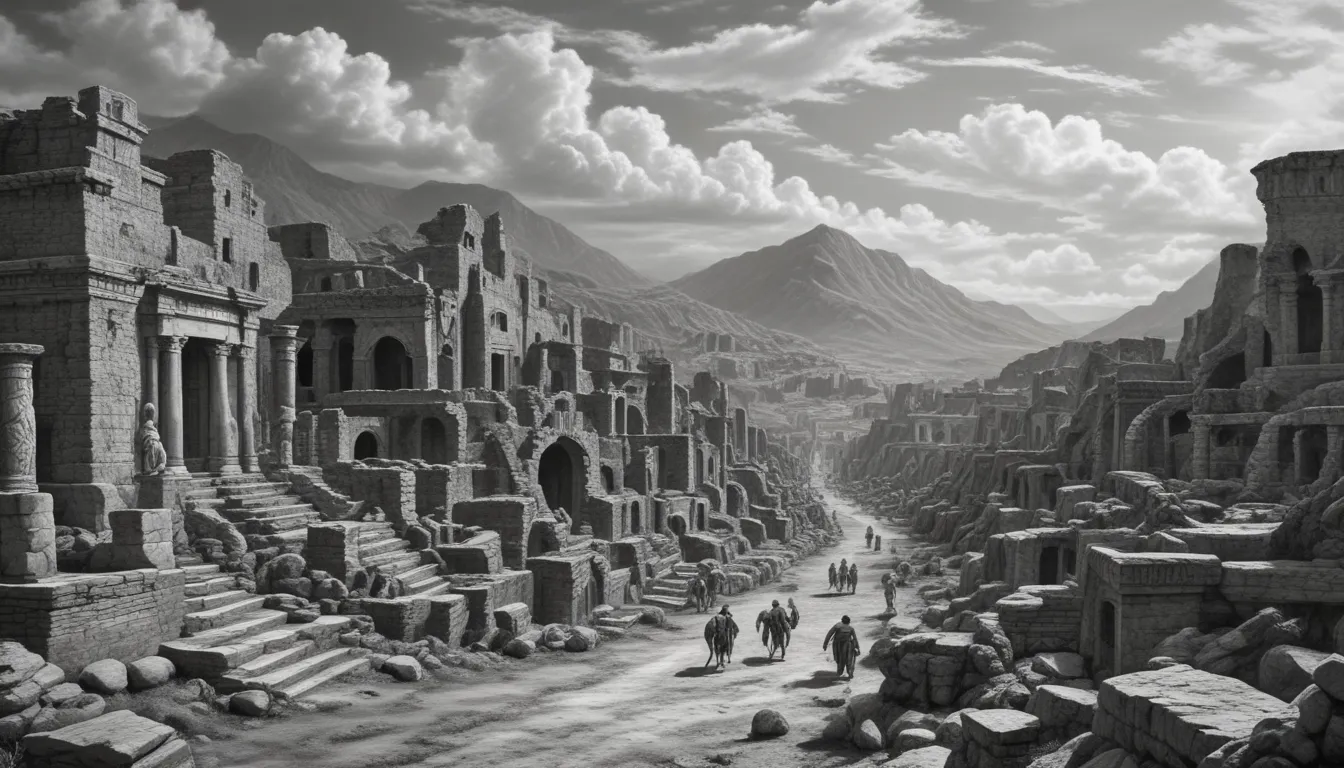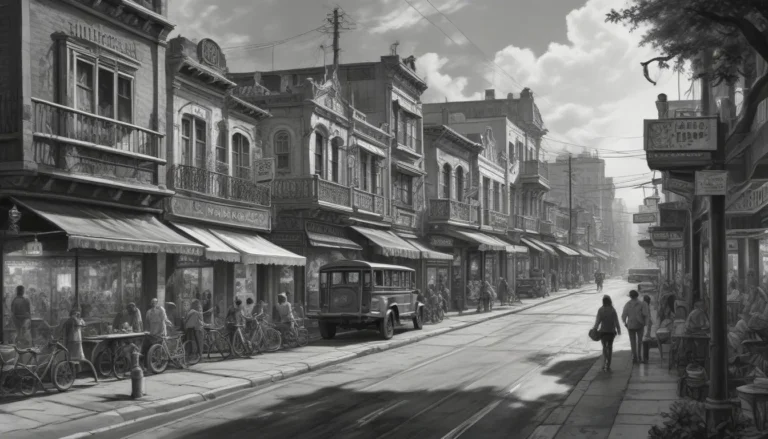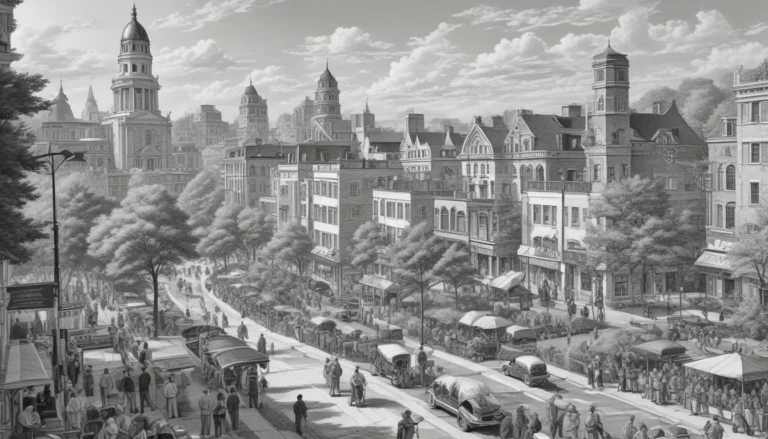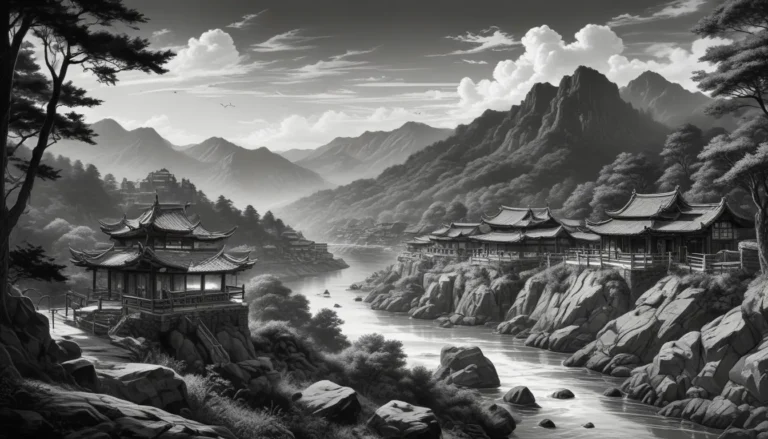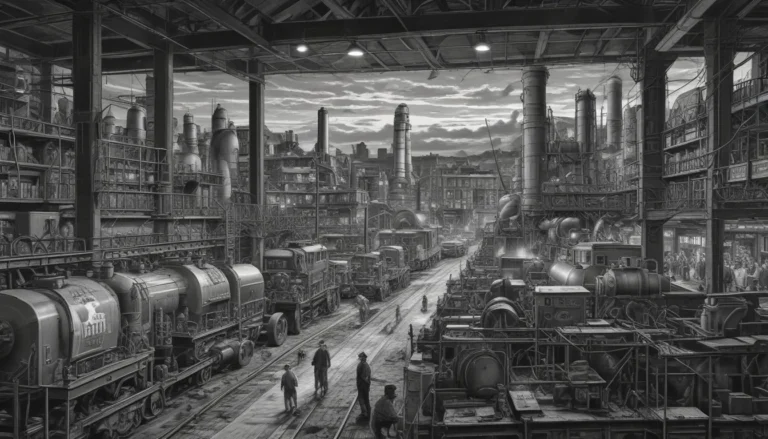The images in our articles are for illustrative purposes only and may not exactly match the content. They are intended to capture your interest and complement the text, not to replace it.
Welcome to the ancient city of Pompeii, a place steeped in history and mystery, located 150 miles south of Rome. Once a bustling Roman city, Pompeii now stands as a preserved archaeological site that offers a glimpse into the past. Join us as we embark on a journey to uncover the fascinating Pompeii facts that lie buried beneath the layers of time.
Unveiling Pompeii’s Origins
- The Oscan civilization founded Pompeii in the 6th century, with Greek influences evident in its architecture.
- Over the centuries, Pompeii thrived under Roman rule, witnessing the construction of aqueducts, theaters, and temples.
- The city’s original location, close to the sea, underwent geographical shifts due to coastal changes and seismic activity.
- Pompeii’s unique shape and infrastructure were shaped by its positioning on prehistoric lava flows.
The Cataclysmic Eruption of Mt. Vesuvius
- Mount Vesuvius, silent for over 1,800 years, erupted violently on 24 August 79 AD, engulfing Pompeii in a deadly deluge.
- The eruption, lasting 24 hours, unleashed scorching lava flows and a massive cloud of ash and debris.
- An estimated 2,000 to 16,000 residents perished in the catastrophe, with bodies frozen in time by the volcanic ash.
- The wind’s direction played a crucial role in the destruction of Pompeii, carrying the volcanic fallout towards the city.
- Pliny the Younger, an eyewitness to the eruption, penned vivid accounts of the tragedy that befell Pompeii.
Pompeii’s Rediscovery and Restoration
- Architect Domenico Fontana stumbled upon Pompeii in 1599 while digging a channel, but the city remained hidden for over 150 years.
- The Bourbon regime initiated exploration efforts in the 18th century, leading to the excavation and restoration of Pompeii’s ruins.
- Architect Giuseppe Fiorelli revolutionized Pompeii’s restoration, implementing systematic excavation techniques and regional categorization.
- The Villa of Mysteries and the House of Faun are prominent structures in Pompeii, showcasing ancient Roman artistry and grandeur.
Legacy of Pompeii and Mount Vesuvius
- Pompeii, Herculaneum, and Torre Annunziata’s destruction serve as poignant reminders of the power and fury of Mount Vesuvius.
- Modern technology has unveiled Pompeii’s secrets, from perfect teeth to tender embraces preserved by volcanic ash.
- The Amphitheater of Pompeii, a testament to Roman engineering, holds the record as the oldest stone amphitheater in the Roman world.
- Mount Vesuvius, still an active volcano, poses a constant threat to the region, with over 3 million residents living in its vicinity.
As we delve into the annals of Pompeii’s history, we uncover a tapestry of tragedy, resilience, and preservation. The ancient city stands as a testament to the fragility of human civilization in the face of nature’s fury. Join us in exploring the wonders of Pompeii and Mount Vesuvius, where history comes alive amidst the rubble of the past.
